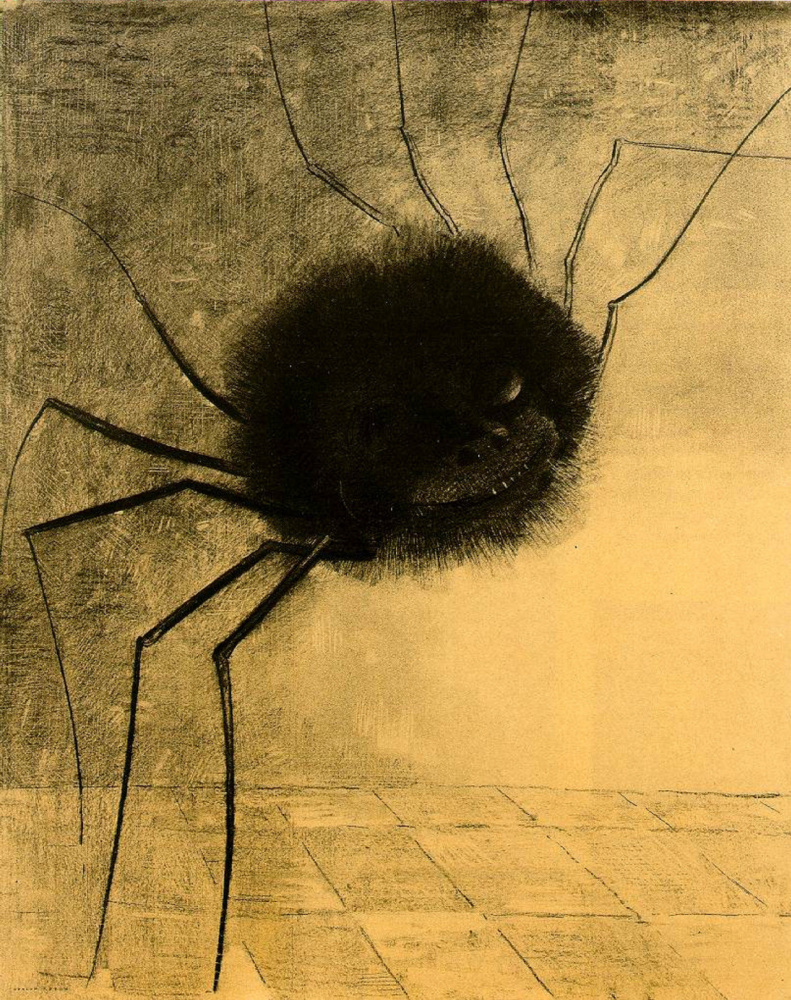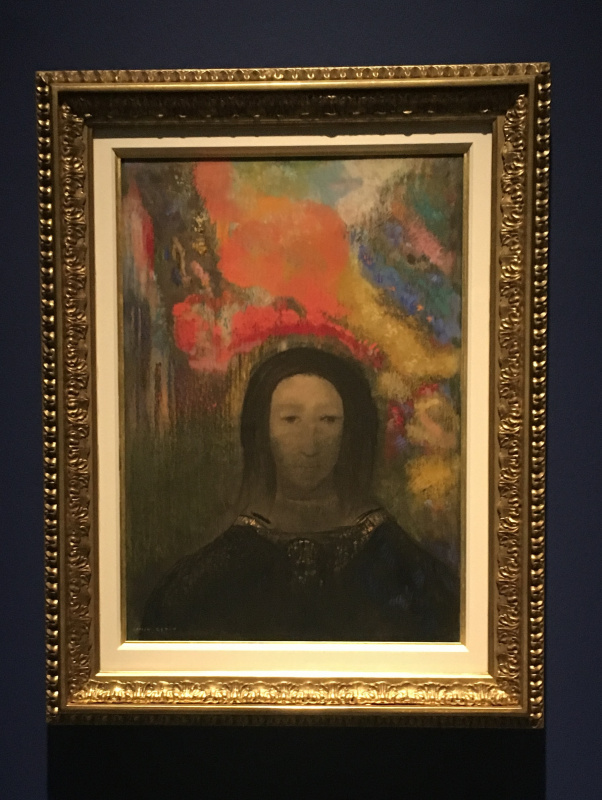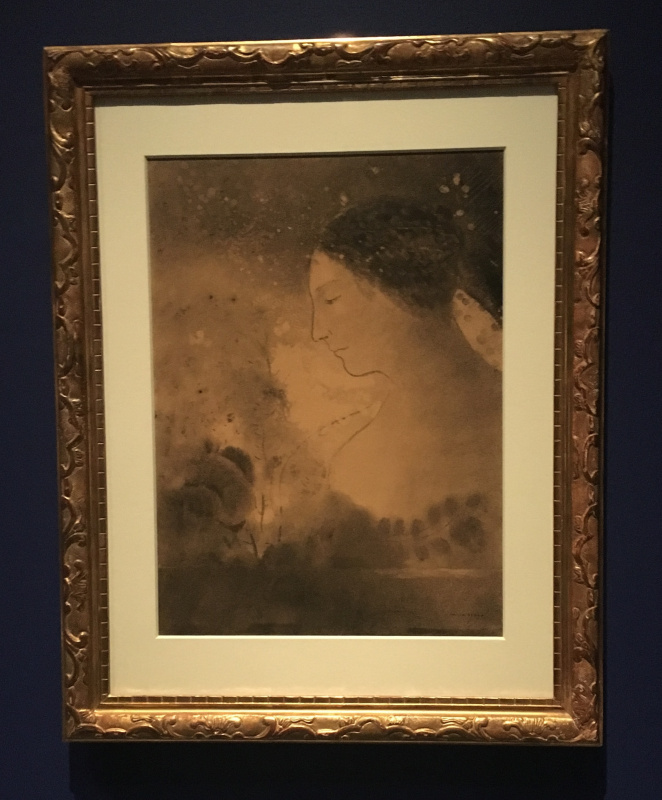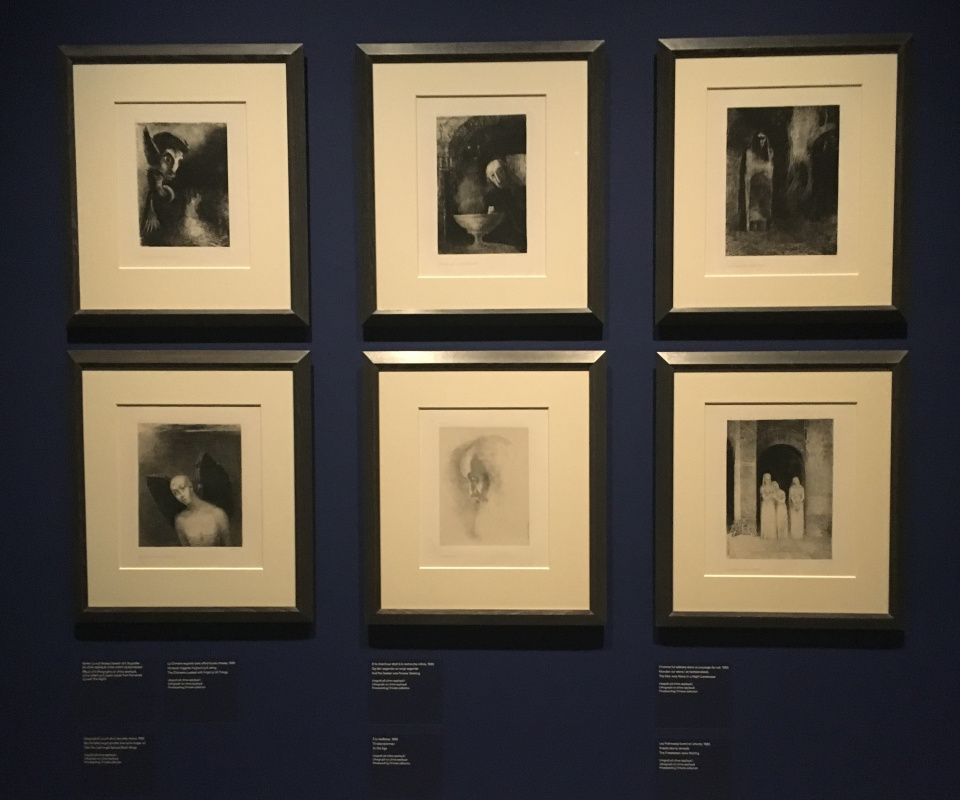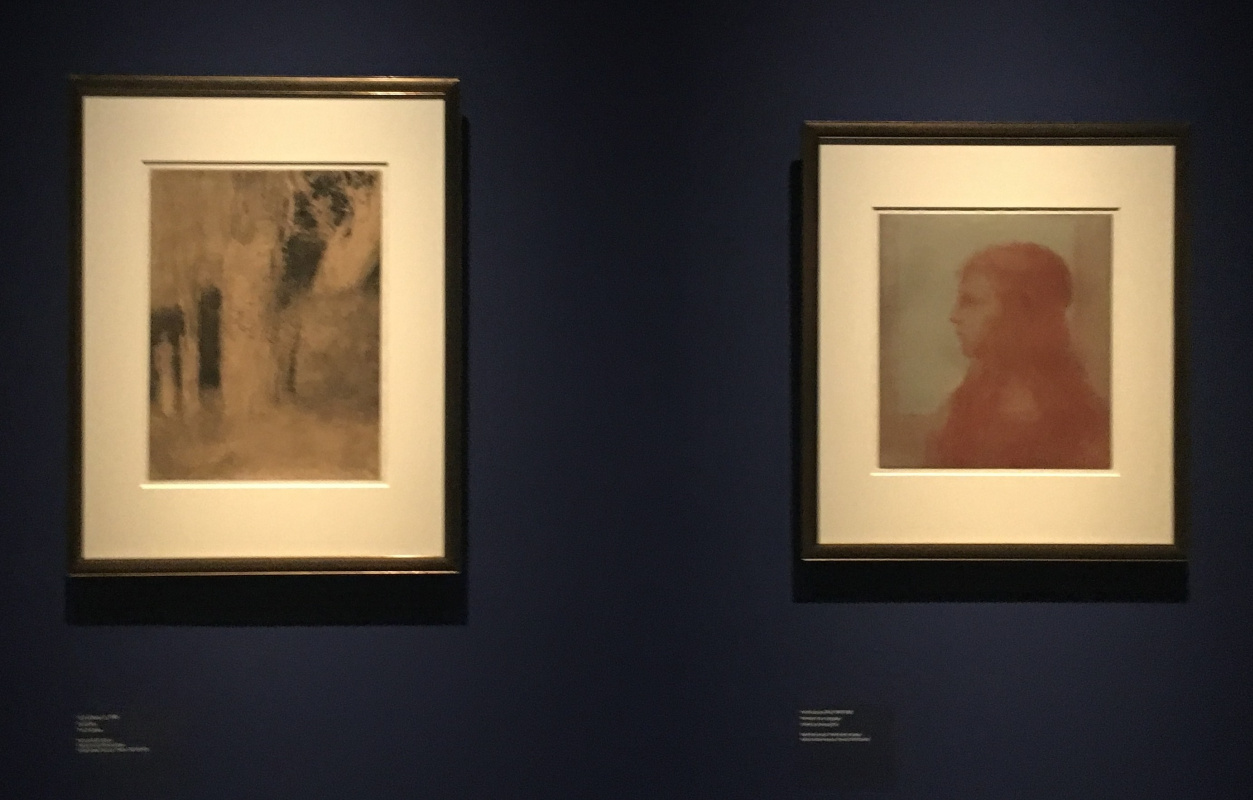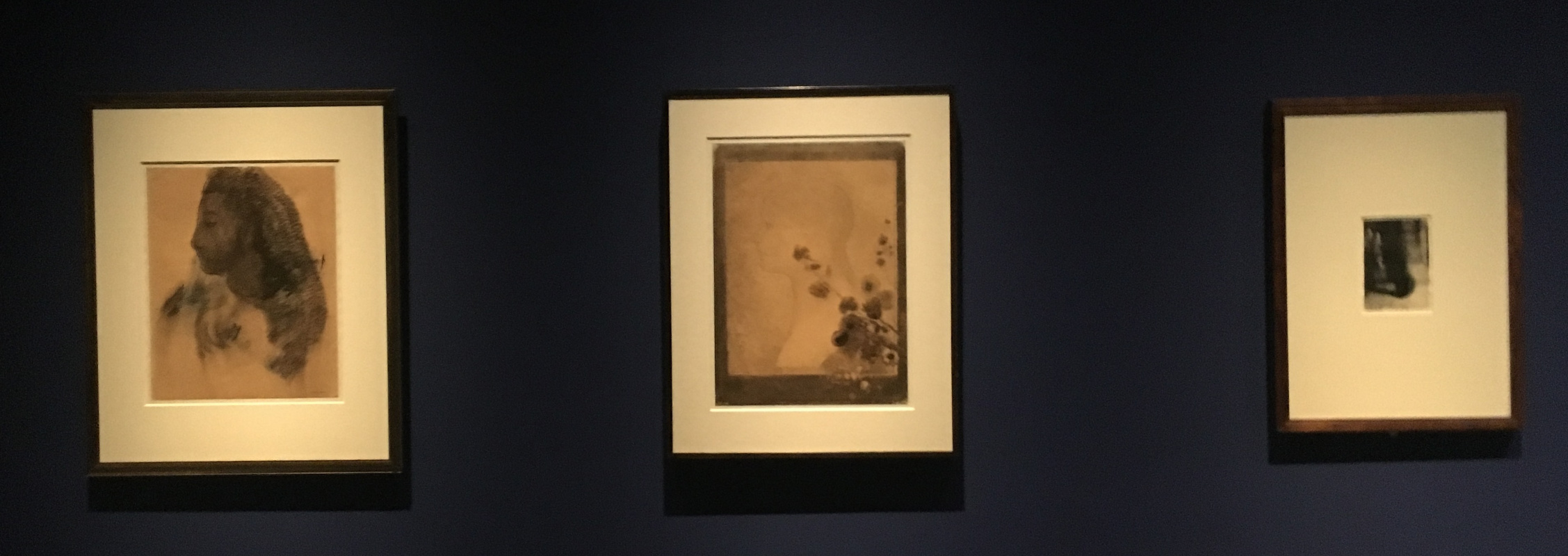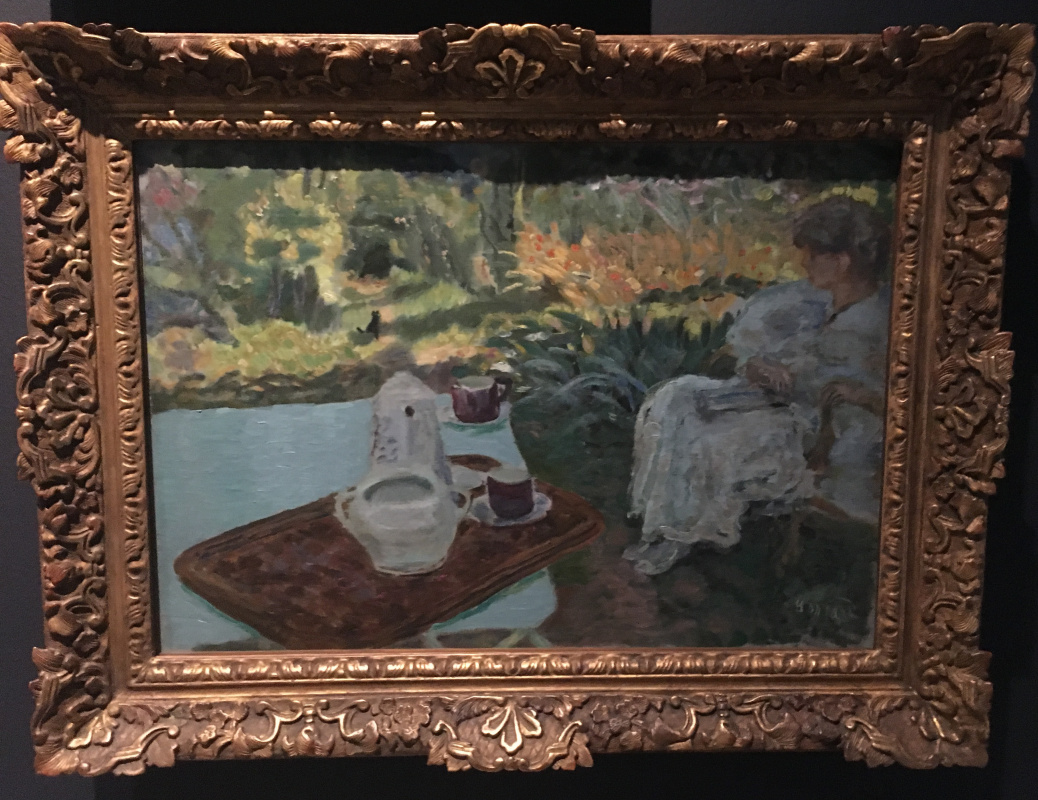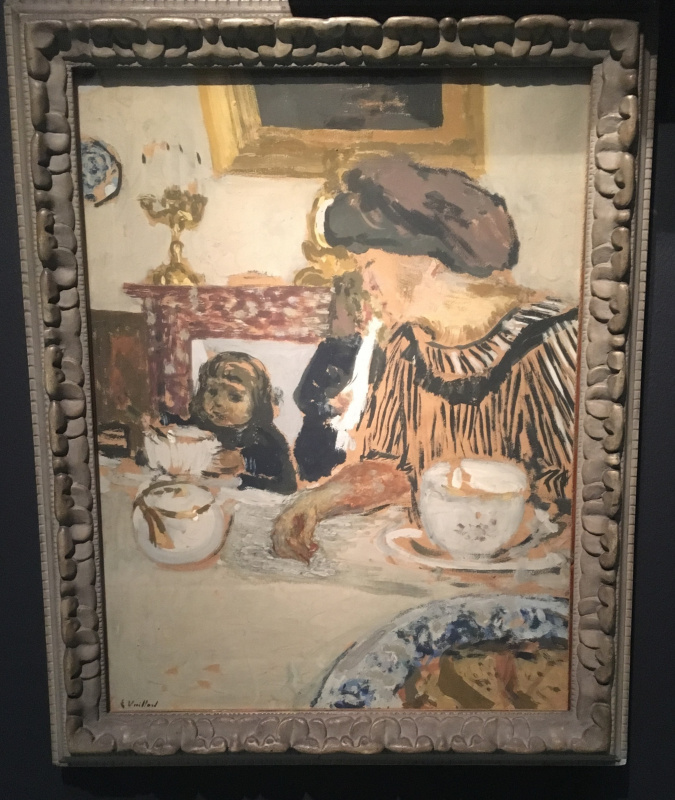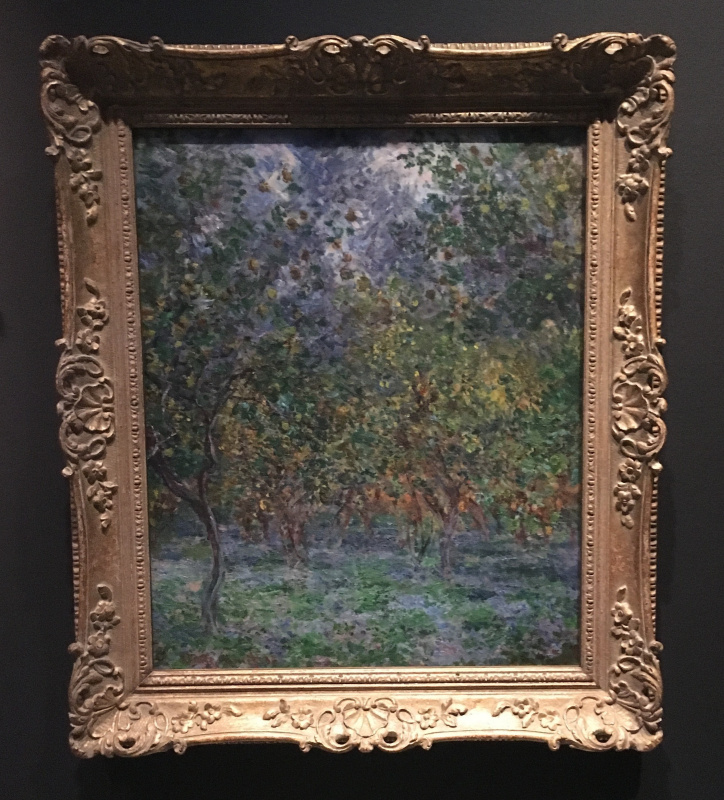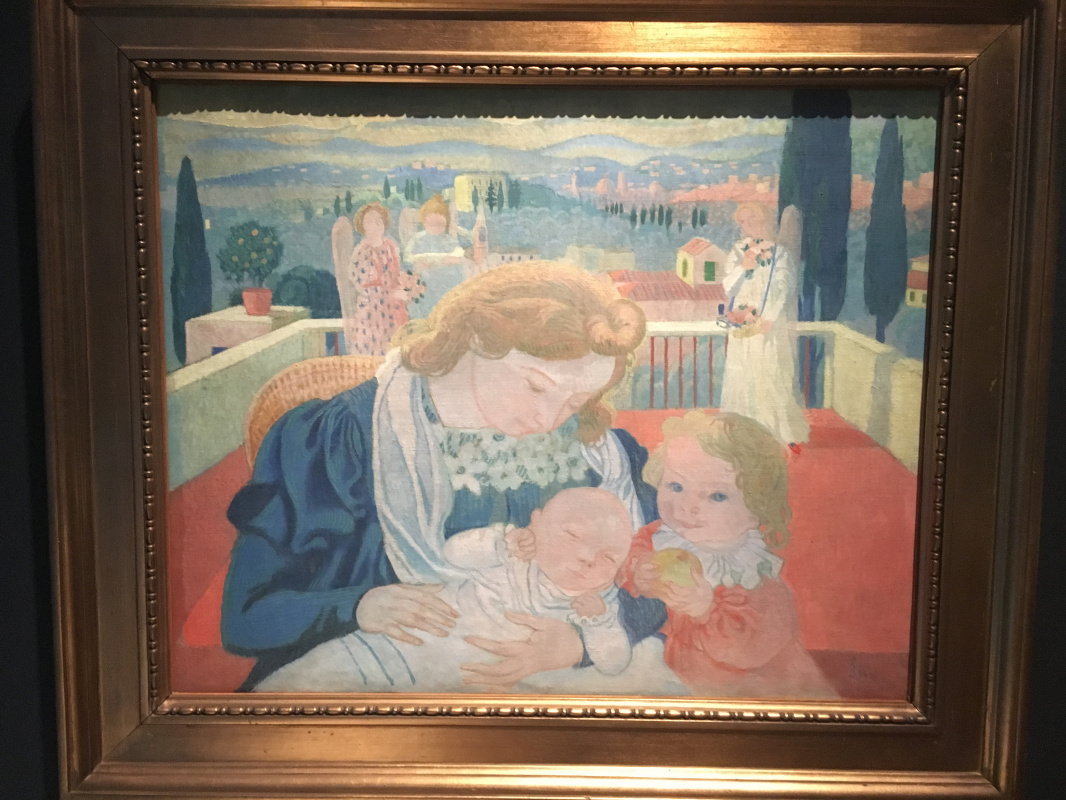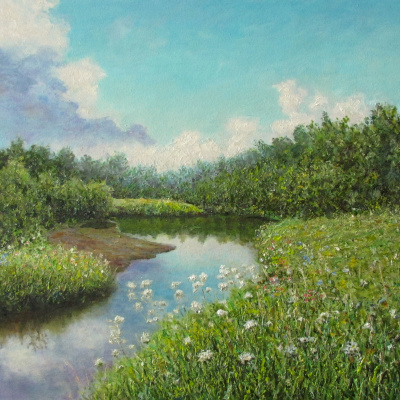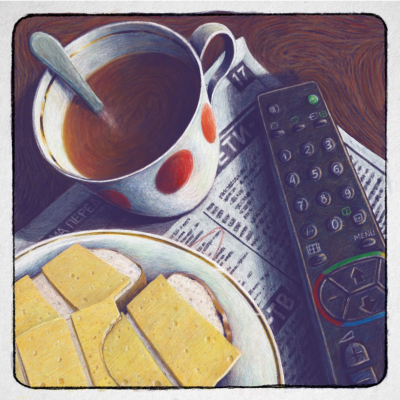Being the first major presentation of Redon in Denmark, "Odilon Redon. Into the Dream" introduces the French artist’s artwork in all its aspects.
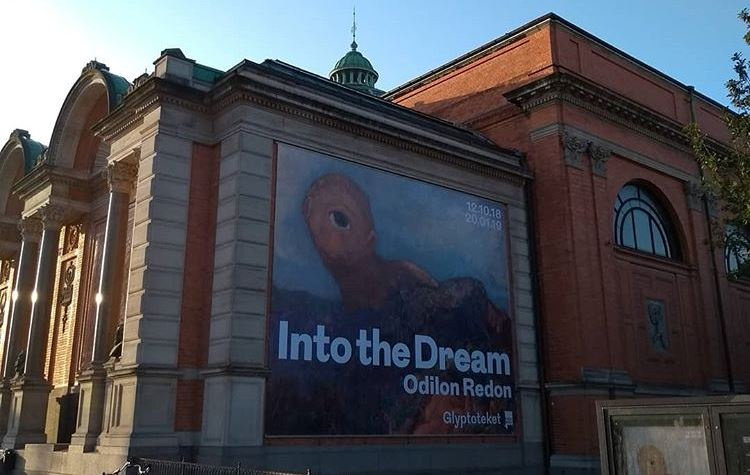

The Glyptotek organised the exhibition in association with The Kröller-Müller Museum (Holland). In all, one can experience more than 150 works by the French graphic artist and painter, distributed across three floors. To complete the experience, the Glyptotek has, together with LYDPOL and Podwalk, developed a sound experience which will function as an integrated element of the exhibition.
Redon’s composite universe of inspiration will also be reflected and interpreted throughout the period of the exhibition. A programme of events ranges from live music, through literary arrangements, to readings and much more.
Left: The exhibition "Odilon Redon. Into the Dream"
Returning to Paris in 1871, Redon worked exclusively in black and white until the 1890s. This sudden use of bright color is attributable to his close friendships with Paul Gauguin and Maurice Denis. He died on July 6, 1916 in Paris, France. Redon was not like most artists of his time. He was financially secure and stayed married to the same woman throughout his life.
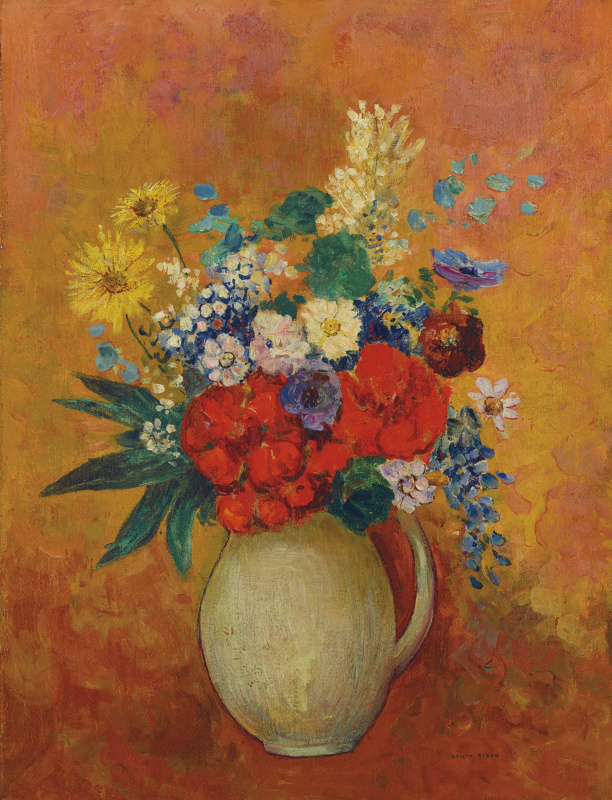
In 2018, Redon’s still life Fleurs set an auction record for the artist when it sold for $4,092,500 at Christies. Today, his works are held in the collections of the Art Institute of Chicago, the Musée d’Orsay in Paris, The Museum of Modern Art in New York, and the National Gallery in London, among others.
Left: Odilon Redon. Fleurs
Odilon Redon
Into the Dream
With themes such as dreams, darkness, mythology, literature, music, spirit and science the Glyptotek presents Redon as a complex, "dreamy" artist who embraces progress and science, but also things that cannot be explained: the inner world, darkness and the dream.

Photo by Liliia Lytvyn
Redon insists that reality and fantasy can go hand in hand, and in his art it is hard to tell where one ends and the other begins. In 19th-century Paris, his colleagues called him "The Prince of Dreams", and Redon was part of a sprawling network of artists, writers, scientists and musicians. Exchanging ideas and coining new expressions, they lived in the awareness that up might as well be down, and that world does not stand still but is in constant motion.
Microbes and mythical beasts
The artist was preoccupied with examining what he saw and used science to pursue these existential questions. Redon was surrounded by progress and bidded it welcome.
At the same time, Redon is also questing back in time and simultaneously drawing on various sources of inspiration such as the myths and figures of the ancient world, the Middle Ages and the Renaissance . Redon’s motifs find an echo in the Glyptotek’s rich permanent collections of art from the previous ages.
Redon called his prints les noirs, "the blacks", though they were so much more besides. He made drawings in numerous shades of black chalk and charcoal on tinted paper. It’s impossible to tell with the naked eye how many kinds of black there are on a single sheet. Only Redon knew their wealth and variation.
Black was in fashion in the mid-19th century. Artists took inspiration from the late Goya with his dark prints of nightmares and monsters, and Rembrandt’s works. Printmaking was booming. Doumier, Corot, Rousseau and even Monet were drawing in black chalk, playing with the rich variety of shades, smearing colour onto surfaces with their fingers.
Black becomes Redon’s trademark, a means of positioning and setting himself apart from others: those who paint outdoors in pastel, striving to reproduce the effects of sunlight and the interplay of the elements on the canvas.
Black was everything to Redon, the foremast and richest of colours.
One of a kind
Redon’s works draw on late Impressionism . But unlike the Impressionists, he plunges into all that cannot be seen.The museum has one of the finest collection of Paul Gauguin's works in the world.

Title illustration: Carlsberg Glyptotek, photos by Liliia Lytvyn.






